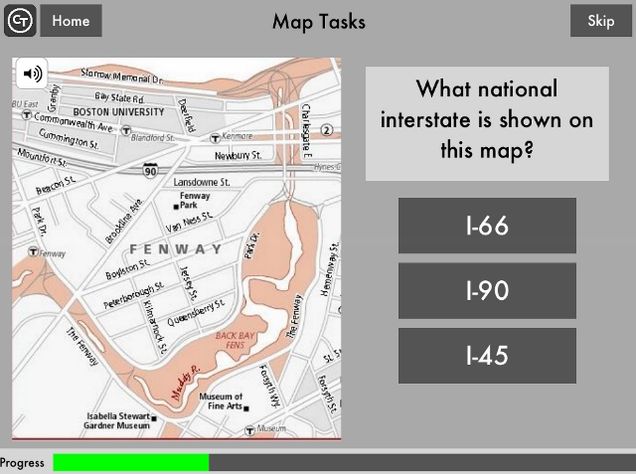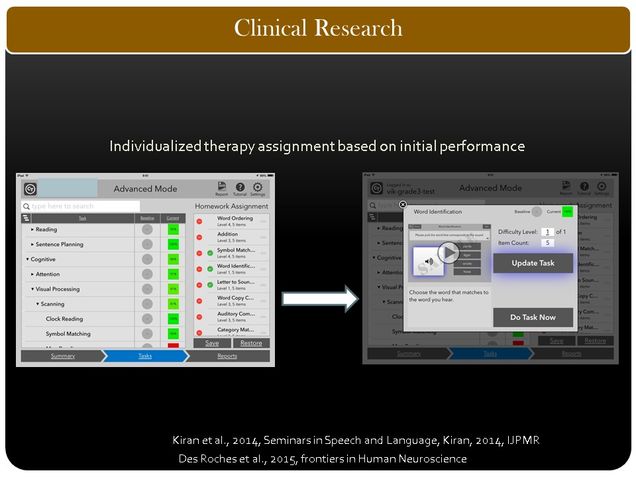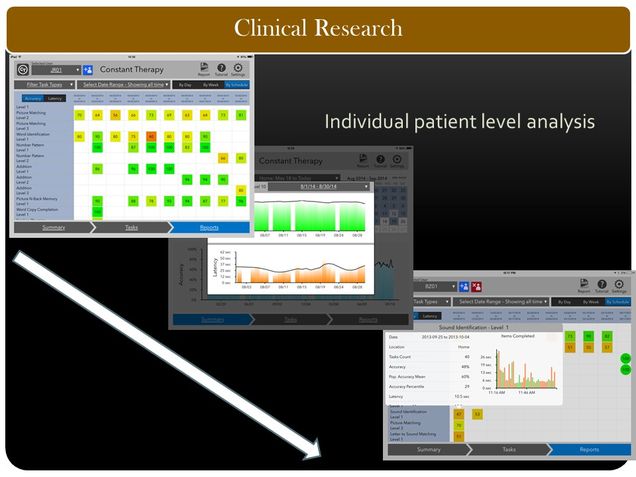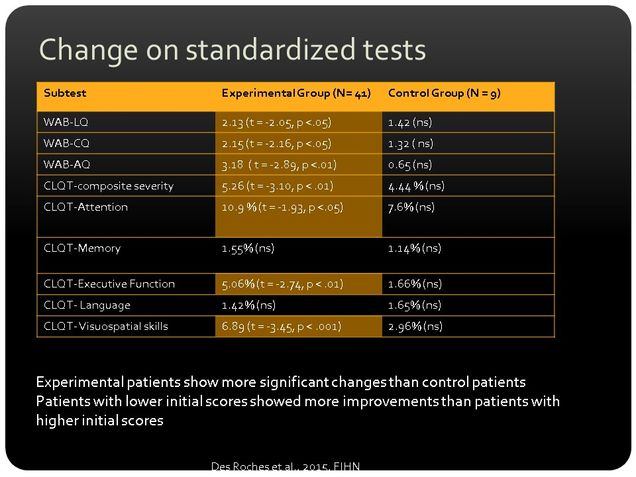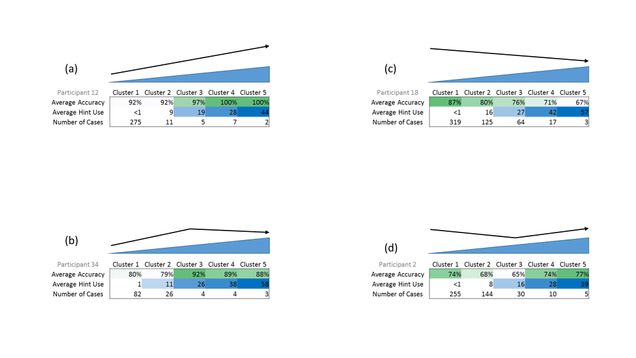Validation of an iPAD based therapy for rehabilitation- Constant Therapy
Our recent papers on this topic include:
Kiran, S. (2014). Tracking small and large scale fluctuations in language and cognitive performance: A longitudinal rehabilitation case study. International Journal of Physical Medical & Rehabilitation. Special Issue on Stroke Rehabilitation.2:3.
View a recent poster of this work presented at the Mobile Health Rehabilitation Outcomes conference
The delivery of tablet-based therapy for individuals with post-stroke aphasia is relatively new, therefore, this study examined the effectiveness of an iPad-based therapy to demonstrate improvement in specific therapy tasks and how the tasks affect overall language and cognitive skills. Fifty-one individuals with aphasia due to a stroke or traumatic brain injury were recruited to use an iPad-based software platform, Constant Therapy, for a 10 week treatment program. Participants were split into an experimental (N=42) and control (N=9) group. Both experimental and control participants received a one hour clinic session with a clinician once a week, the experimental participants additionally practiced the therapy at home. Participants did not differ in the duration of the treatment and both groups of participants showed improvement over time in the tasks used for the treatment. However, experimental participants used the application more often and showed greater changes in accuracy and latency measures on the tasks than the control participants; experimental participants’ severity level at baseline as measured by standardized tests of language and cognitive skills were a factor in improvement on the tasks. Subgroups of task co-improvement appear to occur between different language tasks, between different cognitive tasks, and across both domains. Finally, experimental participants showed more significant and positive changes due to treatment in their standardized tests than control participants. These results provide preliminary evidence for the usefulness of a tablet-based platform to deliver tailored language and cognitive therapy to individuals with aphasia.
In addition, we have also examined the relationship between levels of assistance and treatment scores on the ipad usage. View our recent poster on this work presented the 2014 Mobile Health Rehabilitation Outcomes Conference.
Summary of this project: Relationship between levels of assistance and treatment scores with aphasic individuals while using an iPad-based software platform
Annette Mitko, Carrie Des Roches, Swathi Kiran
An advantage of rehabilitation administered on computers or tablets is that the tasks can be self-administered and the cueing required to complete the tasks can be monitored. Though there are many types of cueing, few studies have examined how participants’ response to rehabilitation is influenced by self-administered cueing, which is when a cue is made available by a software program but the individual decides when and which cue to administer. In this study, participants received tablet-based rehabilitation where the tasks were self-paced and remotely monitored by a clinician. The results of the effectiveness of this study were published previously (Des Roches et al., 2015). The current study looks at the relationship of cues on both accuracy and rehabilitation outcomes. Fifty-one individuals with aphasia completed a 10-week program using Constant Therapy on an iPad targeted at improving language and cognitive deficits. Three questions were examined. The first examined the effect of cues on accuracy collapsed across time. Results showed a trend where the greater the cues, the lower the accuracy, although some participants showed trends of higher accuracy with increased cues. This analysis divided participants into profiles based on cue use and accuracy. The second question examined how each profile differed in percent cue use and on standardized measures at baseline. Results showed that the four profiles were significantly different in frequency of cues and scores on WAB-R, CLQT, BNT, and ASHA-FACS, indicating that participants with lower scores on the standardized tests used a higher percentage of cues, which were not beneficial, while participants with higher scores on the standardized tests used a lower frequency of cues, which were beneficial. The third question examined how the relationship between cues and accuracy was affected by the course of treatment. Results showed that both more and less severe participants showed a decrease in cue use over time and an increase in accuracy over time, though more severe participants used a greater number of cues throughout the treatment. It is possible that self-administered cues help some individuals to access information that is otherwise inaccessible, even if there is not an immediate effect. Ultimately, the results demonstrate the need for individualizing and moderating levels of assistance during rehabilitation.
Sample pictures of the iPad dashboard:


